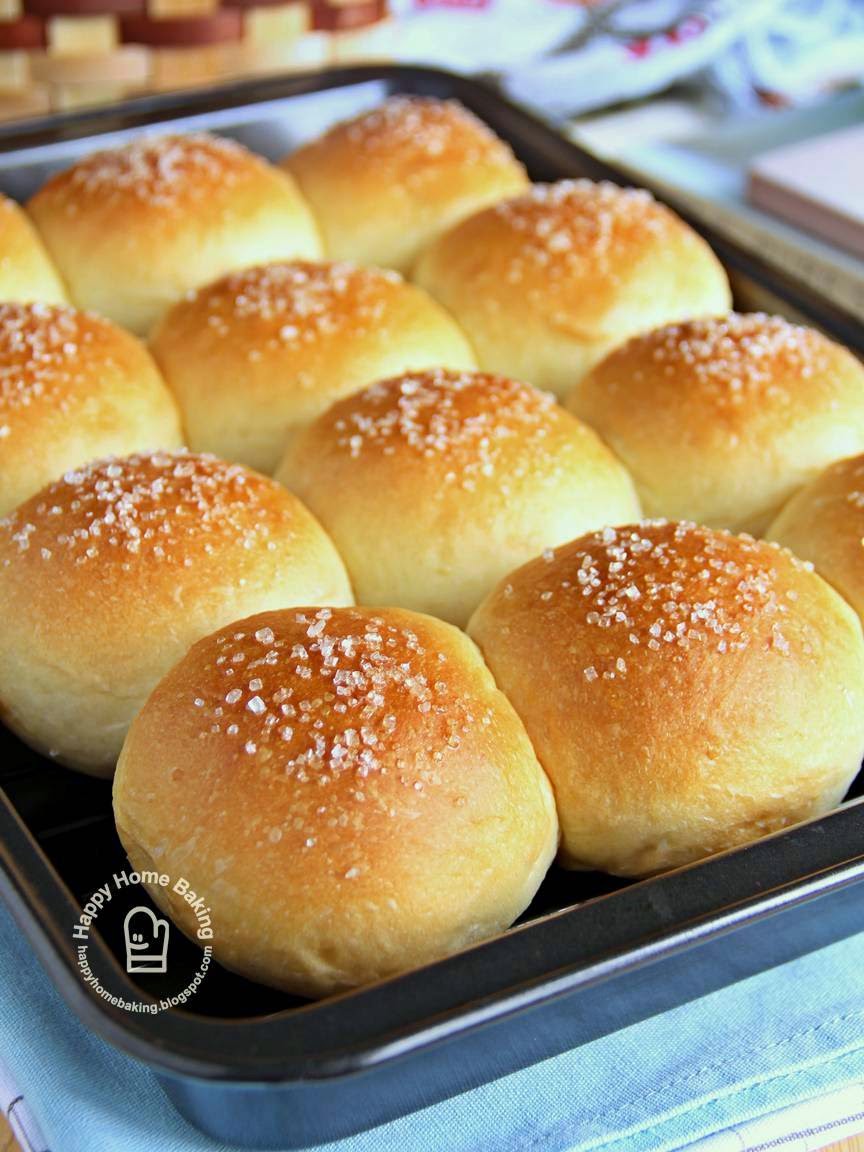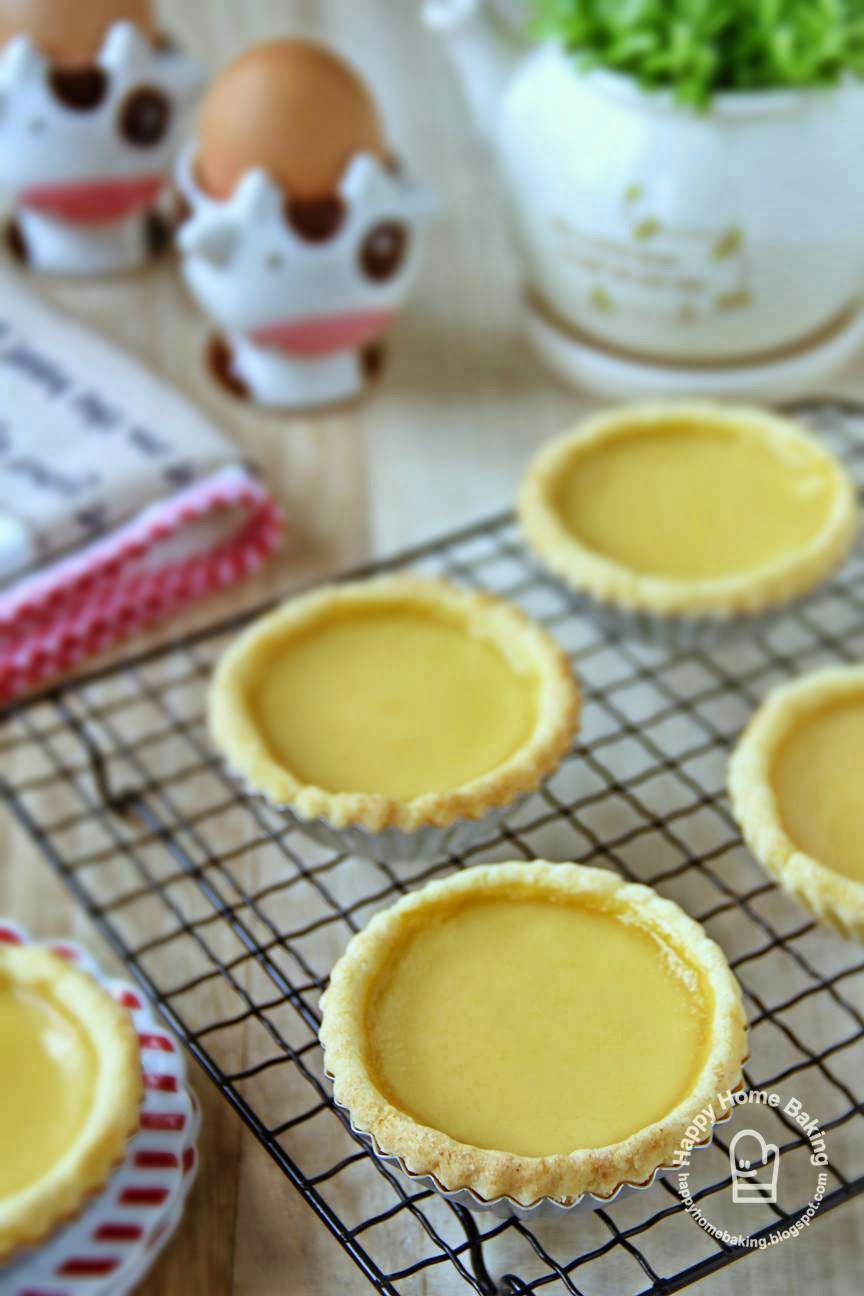not in the social sense, but in the world of 'cyber baking' (wonder whether there is such a term?).
These Kopitiam Milk Buns are all the rage for the past year but I only got to discover it recently. I am not able to keep up with the latest baking trends as I have been spending less time blogging or surfing the net. It doesn't help that I don't own any social media accounts such as facebook, twitter or what have you. I am oblivious to what's 'hot', what's 'current'. Hmmm, actually, I am happy to be a frog in the well, baking the usual old-fashioned muffins, bread and cakes, unwilling to move out of my comfort zone and definitely lacks motivations to try new things (^_^")
I only happened to stumble upon this popular kopitiam milk buns while searching for bread buns recipe that would yield close to those buns which I will always order whenever I have the chance to get my breakfast kopi fix at Koufu foodcourt.
The recipe looks really promising and I took the plunge. The first thing to do was to prepare the sponge dough which has to be left to ferment in the fridge for at least 12 hours. It was quite easily done by hand...simply by mixing flour, milk and yeast. The sponge dough was rather dry and tough...just as what it is meant to be. I left it to chill overnight and finished the next step of kneading the dough with my Bosch mixer. It took about 20 to 25mins of kneading before I was satisfied that the dough had indeed become smooth and elastic.
I divided the dough into 12 portions which yield smaller buns. On hindsight, I should have made do with just 9 portions to get bigger buns so that I could toast them and slap on generously with kaya and butter.
I sprinkled the top with some coarse granulated sugar and the buns were a real treat fresh out of the oven. The texture was very soft and fluffy and it taste good even without any fillings. The only complain I have is that these buns didn't keep that well. Despite storing them in an air tight container, the soft texture deteriorated significantly when left over night. By comparison, they were not as soft as those bread buns made with tangzhong. I baked a batch of tangzhong bread buns right after and true enough they remain soft on the third day whereas these kopitiam milk buns were only good freshly baked. I am not sure whether I have done anything wrong while preparing the dough? Nevertheless, the recipe is still a keeper which I will go to if I know we would be able to finish all the bread buns with no left overs ;)

Kopitiam Milk Buns
Ingredients:
(makes 12)
sponge dough:
214g bread flour
128g full cream milk
2g instant yeast
- Place bread flour and instant yeast in a mixing bowl. Make a well in the centre and add in the milk. Mix with hand to form a dough. (Note: The dough is quite dry and hard.) Cover with cling wrap and leave in the fridge for at least 12 hours or overnight.
main dough:
92g bread flour
12g milk powder
61g caster sugar
5g salt
5g instant yeast
12g full cream milk
30g egg (lightly beat an egg, weight 30g for the dough, and reserve leftover for egg wash)
45g unsalted butter
some coarse granulated sugar
egg wash (mix left over egg from main dough with 1 tablespoon water)
Method:
- When ready to use, tear the sponge dough into pieces and place in the mixing bowl of a stand mixer. Add the rest of the ingredients except the butter. Knead with a dough hook at high speed for about 10mins or until the mixture becomes smooth dough.
- Add in the butter and continue to knead at high speed for another 15mins or until the dough becomes smooth and elastic. To test whether the dough is ready, pull and stretch a portion of the dough. It should be elastic, and can be stretched into a thin membrane without tearing/breaking apart easily.
- Smooth the dough into a round ball. Cover with cling wrap or a damp cloth and let it rest for 15mins.
- Divide dough into 12 portions (50g each). Roll each portion into round balls and place on a greased (or lined with parchment paper) baking tray. Space doughs two inches apart to allow them to expand. Cover with damp cloth or cling wrap and leave doughs to proof for about 60mins, or until double in size.
- Brush top with egg wash and sprinkle with coarse granulated sugar.
- Bake in pre-heated oven at 180 deg C for 12 mins or until golden brown. Remove from oven and transfer to wire track to let cool. Once cool, store immediately in an airtight container.
























